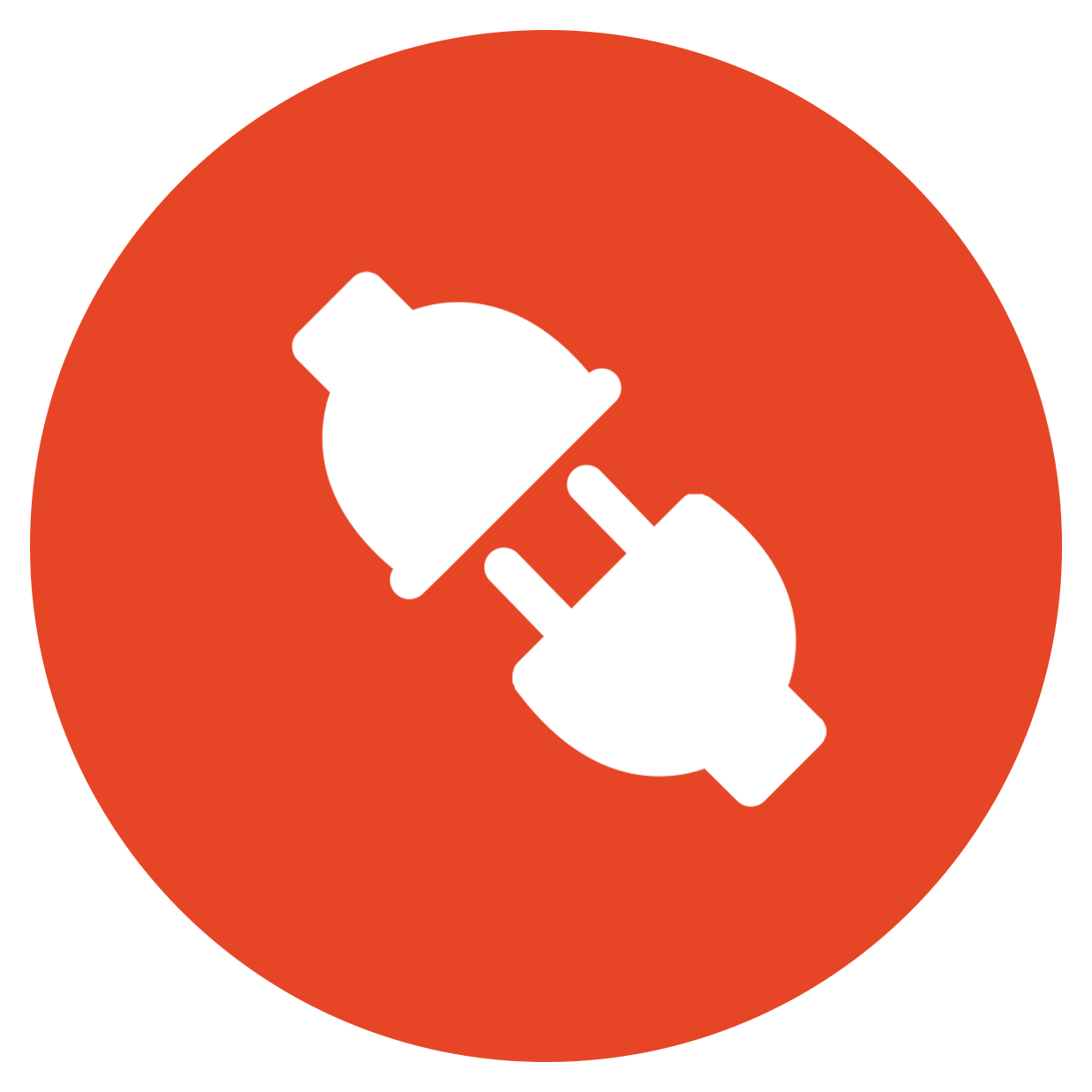Mystery Shopping vs. Market Research: What are the Differences and Similarities?


Table of Contents
Key Takeaways:
- Mystery shopping can complement other forms of market research to not only provide a comprehensive view of the customer experience, but to pinpoint and close the gaps between expectations of service and the actual service delivered.
- Mystery shopping and market research share the objective of providing valuable insights for operations and marketing strategies; together, they can provide a complete perspective on customer behavior, preferences, and pain points.
- The Voice-of-the-Customer perspective provided by mystery shopping augments market research to enable businesses to identify trends, make data-driven decisions, refine marketing strategies, and ultimately improve customer satisfaction and loyalty.
Introduction
Mystery shopping is a specific form of market research. Combining the covert, behavior-level approach of mystery shopping with other market research techniques empowers businesses to understand customer preferences, pain points, and expectations.
While differing in their approaches, both methodologies – designed and executed well – are effective in identifying areas for improvement, optimizing performance, and providing service that ultimately wins long-lasting customer loyalty.
History of Market Research
Market research involves the systematic collection and analysis of data to understand consumer behavior and the impact of advertising. Modern market research originated in the early 20th century when, for example, advertising executive Daniel Starch pioneered the use of surveys to measure the effectiveness of print advertising.
Today, market research is a sophisticated field encompassing a wide range of methodologies, including surveys, focus groups, interviews, data analytics, and emerging technologies like artificial intelligence. It remains an essential tool for businesses to gain insights into their target markets, customers, and competition, enabling informed decision-making and driving business success.
Mystery shopping, also known as secret shopping, is a distinct form of market research. It was initially used by private investigators in the 1940s to gather evidence for court cases. Businesses recognized its potential as a market research tool used to assess and improve customer service and overall customer experience. In the mid-20th century, mystery shopping became more widely adopted by companies in various industries as a means of capturing unbiased insights into their operations from a customer’s perspective. Since then, mystery shopping has evolved, incorporating advanced technology and methodologies, and remains a valuable practice in market research.
Overview of Mystery Shopping
Mystery shopping, or secret shopping, is a customer research methodology in which individuals, referred to as mystery shoppers, are recruited and trained to evaluate the quality of service and overall experience provided by a business. These undercover shoppers discreetly observe various aspects of customer service, while maintaining anonymity. Their findings are intended to reveal gaps between expectations of service and the actual experience. By collecting valuable data on frontline service performance, mystery shopping helps businesses identify strengths, weaknesses, and areas for improvement, ultimately enhancing customer satisfaction and improving performance.


Overview of Marketing Research
Market research is the systematic and comprehensive process of gathering, analyzing, and interpreting data to gain insights into a specific industry or business sector, its dynamics, and the preferences of its target audience. It uses various methodologies, such as surveys, interviews, focus groups, and data analysis, to identify consumer needs, preferences, and behaviors, as well as competitors’ strategies and overall industry trends. The primary goal of market research is to enable businesses to make informed decisions, develop effective marketing strategies, and launch products or services responsive to consumer demands, increasing their competitiveness and ensuring sustainable growth.
Similarities Between Mystery Shopping and Marketing Research
Mystery shopping and market research are two distinct yet complementary methods that offer valuable insights to businesses. Mystery shopping’s methodology allows businesses to gauge, from a customer’s perspective, the actual quality of their service, identify strengths and weaknesses, and spot areas for improvement.
Market research, conversely, often involves systematic data collection and analysis to understand consumer behavior, preferences, and market trends. Together, mystery shopping and market research provide businesses with actionable information to enhance their offerings, optimize customer satisfaction, and make data-driven decisions to remain competitive in a particular market.
Common Goals of Providing Insights for Operations and Marketing Strategies
While distinct in their approach, mystery shopping and market research have the shared goal of providing valuable insights for operations and marketing strategies. Together, these methods offer comprehensive customer perspectives on consumer behavior, preferences, and pain points.
By combining their findings, companies can make better-informed decisions to enhance operational efficiency, refine marketing strategies, improve customer satisfaction, and ultimately drive business growth. Both mystery shopping and market research help businesses thrive in competitive markets by identifying areas for improvement and uncovering new opportunities for success.
Aim to Understand Customer Behavior and Preferences
Despite their differing approaches, mystery shopping and market research both seek to help businesses understand their customers’ behavior and preferences.
While mystery shopping focuses on the experiential aspect of customer interactions, market research takes a broader view, offering statistical and behavioral analysis. Used in tandem, these methodologies enable businesses to gain a deep understanding of their customers, tailor their offerings to meet customer needs, and ultimately enhance overall customer satisfaction and loyalty.
Distinctions Between Mystery Shopping and Marketing Research
Technique and Process Differences
Mystery shopping and market research are two distinct methods used to gather information about businesses and consumer behavior.
Mystery shopping concentrates on evaluating specific businesses by employing undercover shoppers to assess service performance, while market research takes a more comprehensive approach, using various data collection methods to gain insights into market trends and consumer preferences.
In addition to mystery shopping, market research methodologies include:
1. Surveys
2. Focus Groups
3. Interview
4. Online Analytics
5. Experimental Research
By itself or in combination with one or more of these market research options, mystery shopping can play a crucial role in helping businesses make informed decisions to improve their service performance and overall market competitiveness.


Operational Nature of Mystery Shopping Versus Marketing Research
While mystery shopping shares marketing research’s objective of gathering insights about a company’s products, services, and customer experiences, they differ in their operational approach.
Mystery shopping involves recruiting and training individuals to evaluate various aspects of a business, such as service quality, employee performance, and adherence to brand standards. Mystery shoppers discreetly observe and report on their experiences, providing valuable feedback from a customer’s perspective.
On the other hand, market research employs various data collection methods, such as surveys, focus groups, and data analysis, to delve into broader market trends, customer preferences, and competitor analysis.
Unlike mystery shopping, market research can involve a larger sample size and aim to uncover patterns and insights at a more strategic level, guiding businesses in making informed decisions about their overall market strategies and positioning.
Participant Profiles and Sampling Methods
Mystery shopping and market research differ significantly in terms of participant profiles and sampling methods used.
Mystery shopping primarily involves individuals recruited and trained to discreetly evaluate and assess the service quality and overall customer experience at specific retail stores or businesses. These mystery shoppers are often selected based on specific demographic criteria to represent the typical customer, and their identities remain concealed to ensure unbiased evaluations.
While many businesses employ professional mystery shoppers to conduct undercover service evaluations, there are advantages to using your own customers as mystery shoppers:
1. Realistic Insights
2. Genuine Feedback
3. Cost-effectiveness
4. Customer Engagement
5. Long-term Perspective
6. Specific Feedback on Improvement Areas
7. Internal Buy-in
Involving your customers in the mystery shopping process can create a sense of ownership among your employees. They may feel more motivated to improve customer service when they know that real customers are evaluating their performance.
In contrast to mystery shopping, market research encompasses a broader range of methodologies, including surveys, focus groups, and data analysis. Participants in market research can vary widely, from potential customers to existing clients, industry professionals, or even individuals outside the target audience.
Market researchers typically employ sampling methods like random sampling, stratified sampling, or convenience sampling to gather diverse and representative data, aiming to draw meaningful insights and make informed business decisions.
Unlike mystery shoppers, participants in other forms of market research are usually aware of their involvement and willingly share their opinions.


How Mystery Shopping and Market Research Complement Each Other
Enhancing Marketing and Operational Knowledge Through Both Approaches
Mystery shopping and market research can both significantly enhance marketing and operational knowledge for businesses.
Together, these approaches provide unique insights into customer satisfaction, identify areas for improvement, and help companies understand their competitive landscape. By analyzing mystery shopping and market research findings, businesses can make informed decisions, fine-tune marketing strategies, optimize operations, and ultimately deliver superior service that meets their customer expectations.
This comprehensive understanding of the market and customer base empowers businesses to stay ahead and stand out in the dynamic and competitive business landscape.
Using Mystery Shopping to Augment Marketing Research Efforts
Mystery shopping enhances market research endeavors by providing firsthand, real-time insights into the customer experience. By leveraging mystery shopping alongside traditional market research techniques, companies gain a comprehensive understanding of their strengths and weaknesses from a customer’s perspective.
The data collected from mystery shopping activities can be analyzed in conjunction with survey results and other research findings, enabling businesses to identify trends, make data-driven decisions, refine marketing strategies, and ultimately improve customer satisfaction and loyalty.
This holistic approach significantly enriches market research outcomes and empowers companies to stay ahead of competitors in today’s ever-evolving business landscape.
Conclusion
Mystery shopping offers numerous benefits and has been proven highly effective in gaining essential insights into the customer experience. By deploying anonymous shoppers to assess and evaluate various aspects of a business, companies can obtain unbiased and authentic feedback.
This enables organizations to identify strengths and weaknesses in their frontline service and operations, leading to informed decision-making and targeted improvements.
The firsthand data collected through mystery shopping and other market research methods provides a real-world perspective, allowing businesses to align their offerings with customer expectations and enhance overall customer satisfaction.
Ultimately, the choice of research methodology depends on the specific questions you want to answer, the objectives you want to achieve, and the resources you have available. Mystery shopping should not be overlooked as a powerful option for managing the customer experience and driving business growth.
If you’re ready to see what the right mystery shopping program can do to improve your customer experience, check out everything our Relationship Builder mystery shopping solution has to offer!
Have More Questions? Reach Out to Our Team Of Experts
Net Promoter®, NPS®, NPS Prism®, and the NPS-related emoticons are registered trademarks of Bain & Company, Inc., Satmetrix Systems, Inc., and Fred Reichheld.















